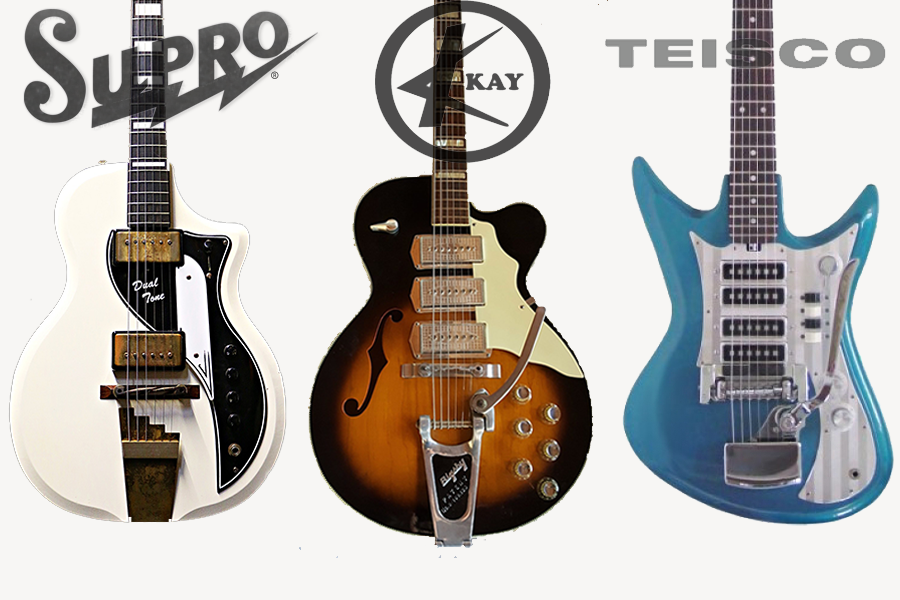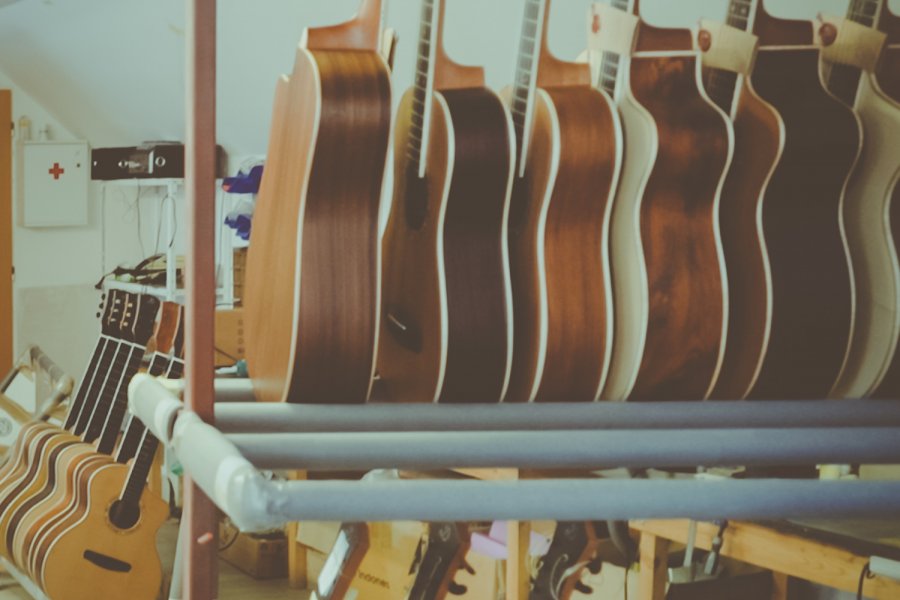Carbon Fibre Instruments- Fad or the Future?
Sankauer Composite Technologies makes carbon fibre products for aircrafts, auto racing and sports. So, it was only natural that their next product line would be: Guitars? This announcement at NAMM 2018 is not as puzzling as you might think.
Carbon fibre guitars have been around as a niche market for a few years now. It’s easy to see why the material would be appealing since it offers a number of interesting advantages over traditional wood:
- Steady. It doesn’t move. Whereas climatic factors like humidity, heat and cold can have huge effects on wood, causing it to warp, expand and contract, carbon fibre is unaffected. No more taking your guitar out of its case to find a mysterious buzz. Age is not a factor either; the guitar should not change over time.
- Tough. Durability is a major advantage, whether it’s bumping into your bass player on a small stage, or your new St Bernard puppy in your living room. Forget bumps and scratches, you can basically stand on it. You can even play golf with it?
- Consistent. Similar to the first point, eliminating inconsistency in the building materials means that all the guitars produced by the manufacturer should be of equal quality.
- Lightweight. Your back will thank you.
- Loud. While preferred sound is a subjective thing, there’s no denying that carbon fibre guitars, especially acoustics, have a clear and resonant sound.
So why are we all not playing carbon fibre? Well the first reason is because many available models are expensive. Many players are reluctant to spend the hefty price tag for an unknown quantity, especially if they haven’t yet been able to play one for themselves.
And since only a few manufacturers are making them, a lot of people have still never heard of this option.
But the main reason is probably that musicians are traditionalists and anything too far from the norm perfected by instrument builders decades ago is met with skepticism. There certainly is something to be said for not messing with what works.
On the other hand, the exotic tone woods available to builders in the 1960s are rapidly going extinct (more on that HERE), and are being replaced with different sources anyway, so maybe it is time to give carbon fibre a try?
Surprisingly, it’s acoustic guitars where the material has caught on more than electrics. Here are some of the carbon fibre options on the market today:
-
RainSong Guitars: this Hawaii-based company produces a well-respected line of acoustic guitars.
-
KLOS guitars makes an inexpensive travel-sized carbon guitar, with custom color options and upgrades like Fishman pickups.
-
The Blackbird Rider is also travel-sized, for nylon-string players.
-
Emerald Guitars makes a whole range of options, including 7-string, double-neck, bass and even harp guitar!
-
Adamas Guitars, made by Ovation
-
Composite Acoustics are made by Peavey.
-
Journey Guitars – also making specialized travel instruments from carbon fibre, including guitars, basses and ukuleles.
-
Modulus basses use carbon fibre necks.
-
Luis and Clark makes traditional stringed instruments: violin, viola, cello, and bass. Players include Yo-Yo Ma.
Aside from entire guitars, various parts and accessories for guitars have caught on in carbon fibre as well.
-
PRS made a limited-edition guitar with a carbon fibre truss rod, which apparently never moves. Carbon fibre can be used to reinforce necks as well as being the truss rod itself.
-
TUSQ nuts use it to simulate elephant ivory for nuts
-
Guitar picks from carbon fibre are well reviewed for the tone and durability.
-
Brodmann Pianos announced at NAMM that they will incorporate carbon fibre action in their pianos, too.
Have you tried a carbon fibre instrument, or own one? Let us know in the comments!

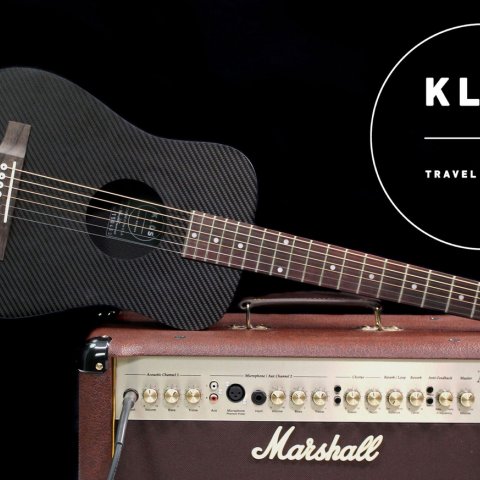


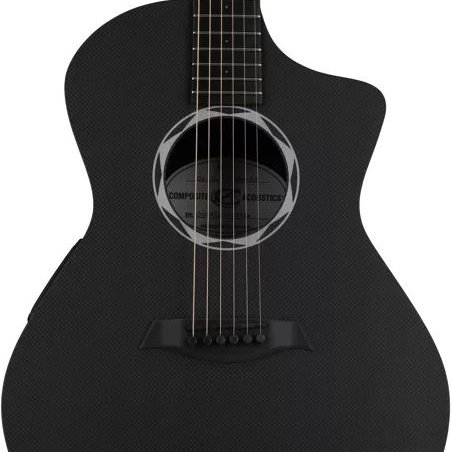

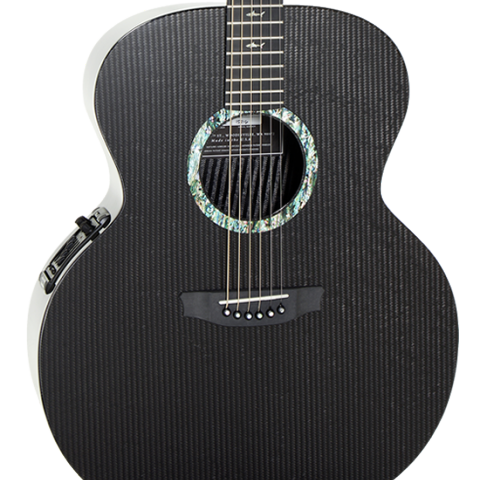
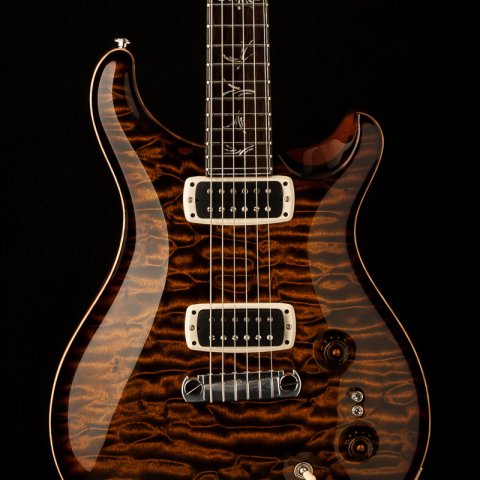

 Other blog items you might be interested in...
Other blog items you might be interested in...
